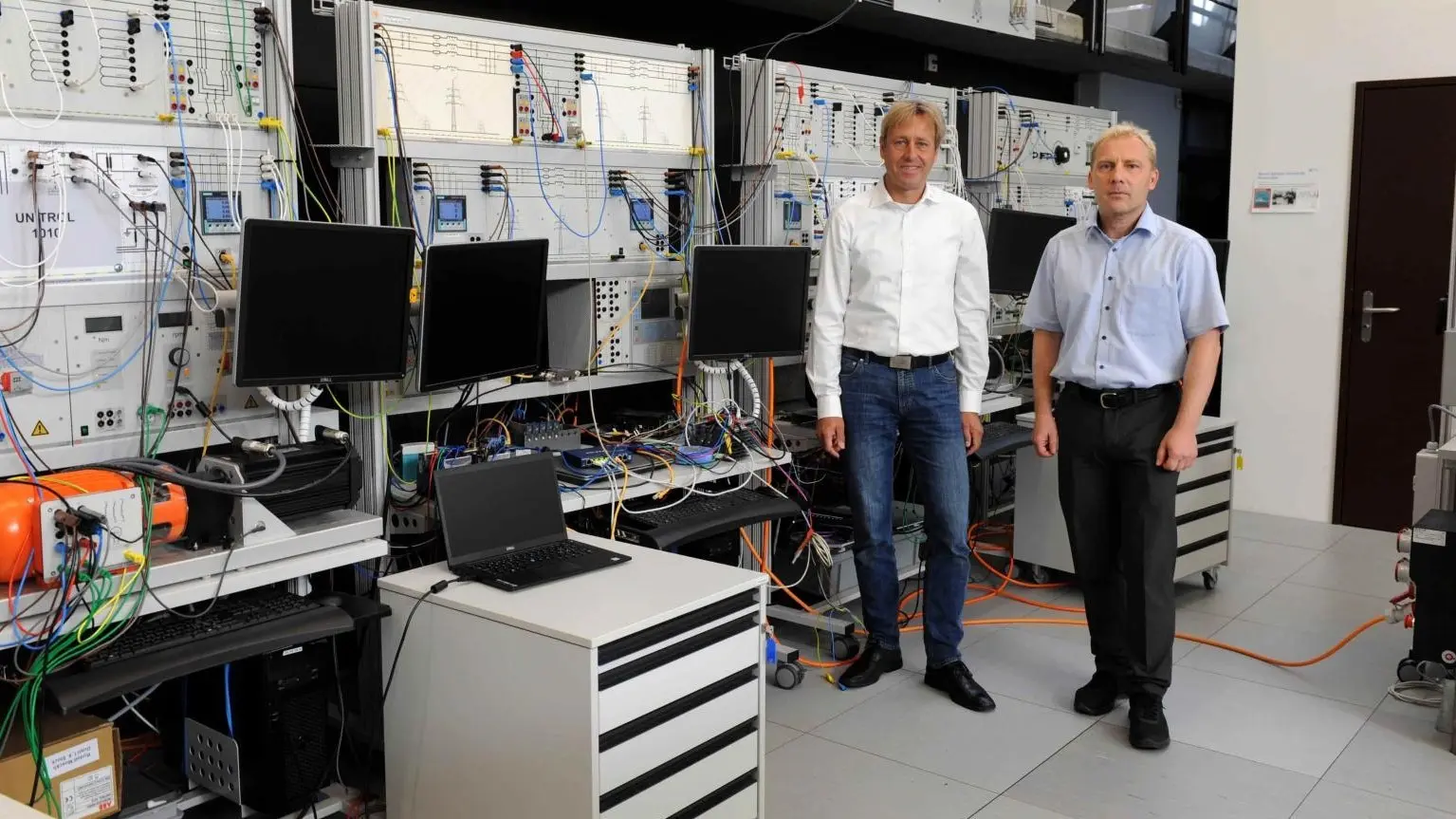ZHAW researchers recreate the European energy system in a unique way
Since Petr Korba has been working as a lecturer at the ZHAW, he has relied on Lucas-Nülle systems. In the interview, he reveals why he has never regretted this to this day and how the systems contribute to his research projects.

Petr Korba, your research group Electric Power Systems and Smart Grids deals with the stability of future power grids. What are the challenges?
More and more renewable energy sources are being integrated into the existing electrical power system. These sources are connected to the system via fast power electronics. They also lack the inertia that conventional energy sources bring with them. This endangers the stability of the grid. In practice, this means that grid oscillations occur more frequently. These grid oscillations are less well damped.
In your research, you use the Smart Grid system from Lucas-Nülle, among other things. Why is that?
When I took up my position at the ZHAW Institute of Energy Systems and Fluid Engineering eight years ago, I had to set up my teaching and laboratory. I came across Lucas-Nülle through the Technolab company. Together with my colleagues, I continued to develop the Lucas-Nülle system and added new components. Today it is used intensively both in our research projects and for teaching purposes.
How is the system integrated in your work?
With the help of Lucas-Nülle and ABB components, we have set up the so-called "Kundur System". The system enables us to simulate grid oscillations in the laboratory similar to those which occur in the European electricity system. We can monitor, analyze and plot these network oscillations in real time. Soon we want to supplement our hardware with a "digital twin" running the dynamic model of the entire European electricity system. This should further enrich the replicas of the energy system and provide a more realistic representation.
What results have been obtained from research projects with Lucas-Nülle systems?
We can integrate real hardware and existing products in the laboratory, develop new algorithms and functionalities and evaluate them. Among other things, we have connected systems from ABB and National Instruments and then made the entire system oscillate. This oscillation corresponded to a typical European network oscillation, which we were able to stabilize with a solution we developed. In summary, we developed and implemented a solution that did not yet exist on the market.
How do students and scientists get on with Lucas-Nülle systems?
Both students and researchers use the systems avidly. The setup just mentioned is probably the only one of its kind. There is probably no other hardware replica of an electrical energy system that can be used to demonstrate electromechanical network oscillations in the laboratory. The students greatly appreciate this practical application of the theory they have learned.
About Lucas-Nülle
Lucas-Nülle GmbH, based in Kerpen, Germany, has been manufacturing training systems for electrical engineering, electronics and other technologies for over 45 years.
The interview was originally taken from Lucas Nülle's company newsletter and has been simplified and shortened.
A detailed version of the interview can be read on the website of Petr Korba's research group.